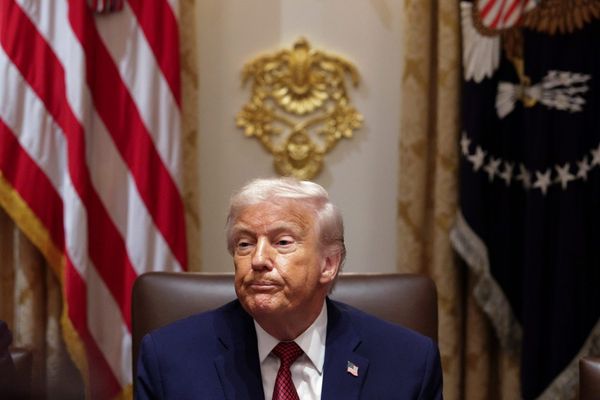
Zimbabwe President Emmerson Mnangagwa has granted clemency to over 4,000 prisoners, including some who were on death row, in an independence day amnesty on Thursday. This move comes as Zimbabwe commemorates 44 years of independence from white minority rule, a significant milestone achieved in 1980 after a bloody bush war that led to the country's name changing from Rhodesia to Zimbabwe.
The presidential amnesty, the second within a year, specifically benefits female, older, and juvenile inmates, as well as the terminally ill and individuals who were initially sentenced to death. Those who were previously on death row but had their sentences commuted to life terms in prior clemency orders or through court appeals will be released if they have served at least 20 years in prison.
Female prisoners who have served at least a third of their sentence by independence day are being freed, along with juvenile inmates who have met the same criteria. Additionally, prisoners aged 60 and older who have served one-tenth of their sentences will also be released. Mnangagwa has also pardoned blind and disabled individuals who have served a third of their sentence.











The release of prisoners is being carried out in stages across the country, with exceptions made for those incarcerated for specified offenses such as sexual offenses, robbery, public violence, unlawful possession of firearms, human trafficking, and theft or vandalism of critical infrastructure like electricity and telecommunications.
All death row inmates who have been imprisoned for a minimum of 10 years have had their sentences commuted to life in prison under the amnesty. Zimbabwe, like many other countries in Africa and globally, still retains the death penalty, although the last hanging in the country occurred in 2005. Mnangagwa has expressed support for abolishing the death penalty, a proposal that received Cabinet approval in February and is now awaiting parliamentary endorsement.
This recent clemency order follows a similar initiative last May, where Mnangagwa released over 4,000 prisoners to alleviate overcrowding in Zimbabwe's prisons, known for their harsh conditions. At the time, the nation's prisons housed around 22,000 inmates in facilities designed for 17,000 individuals.







